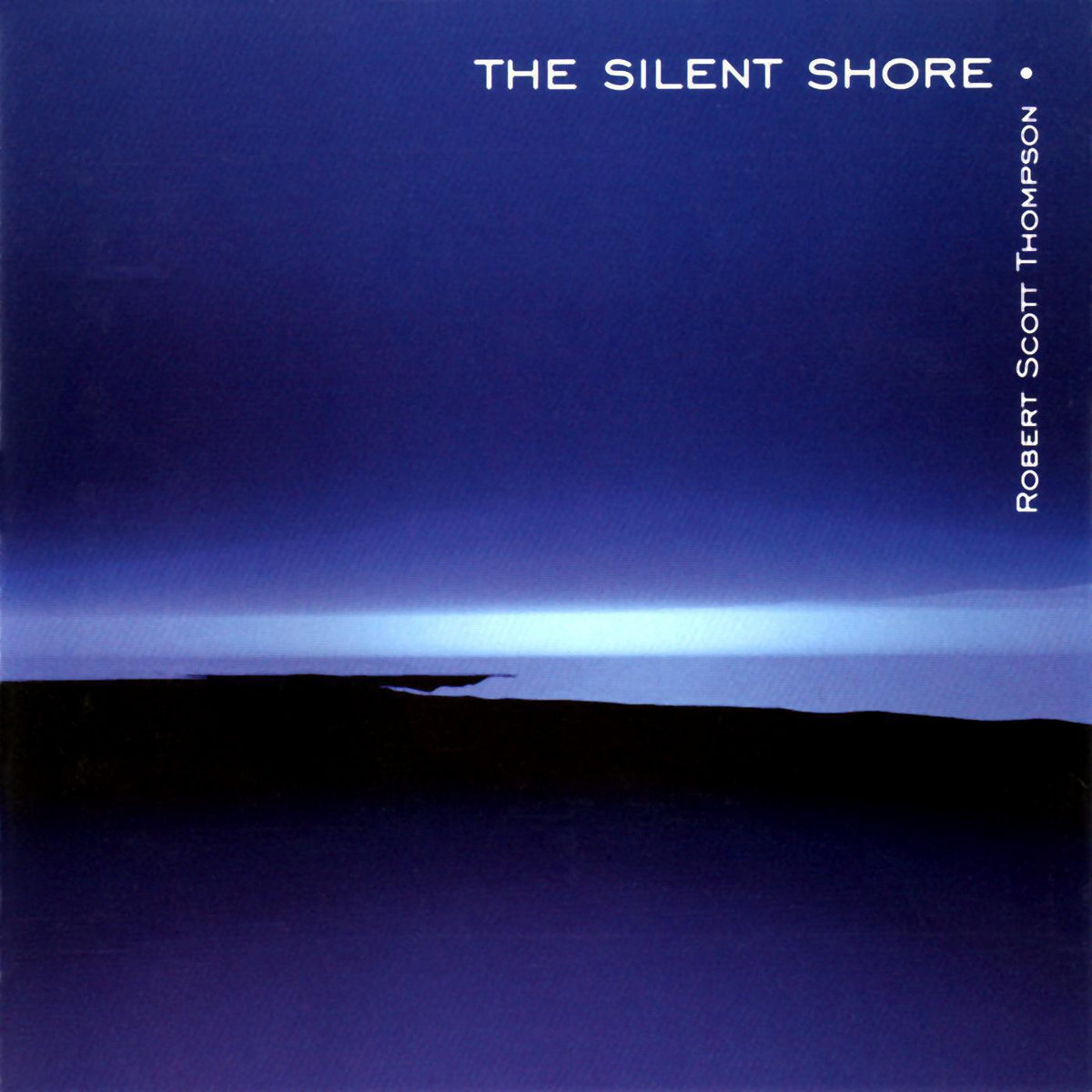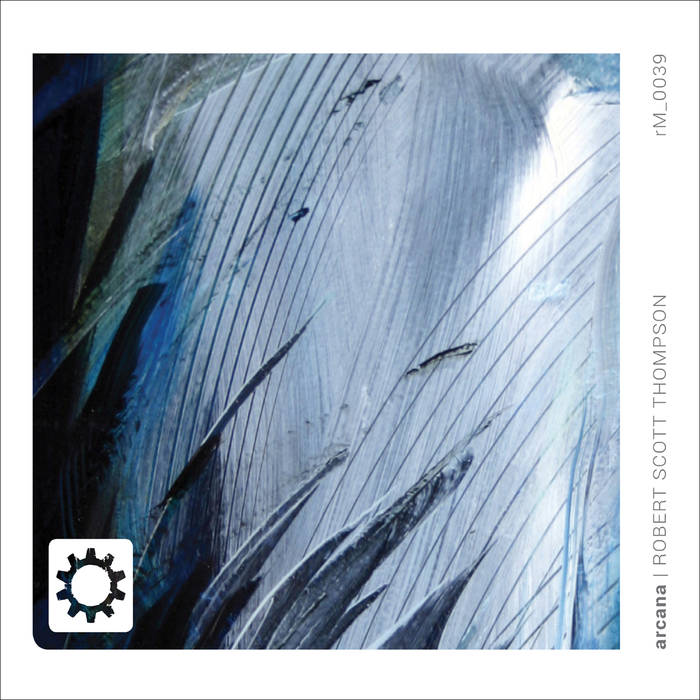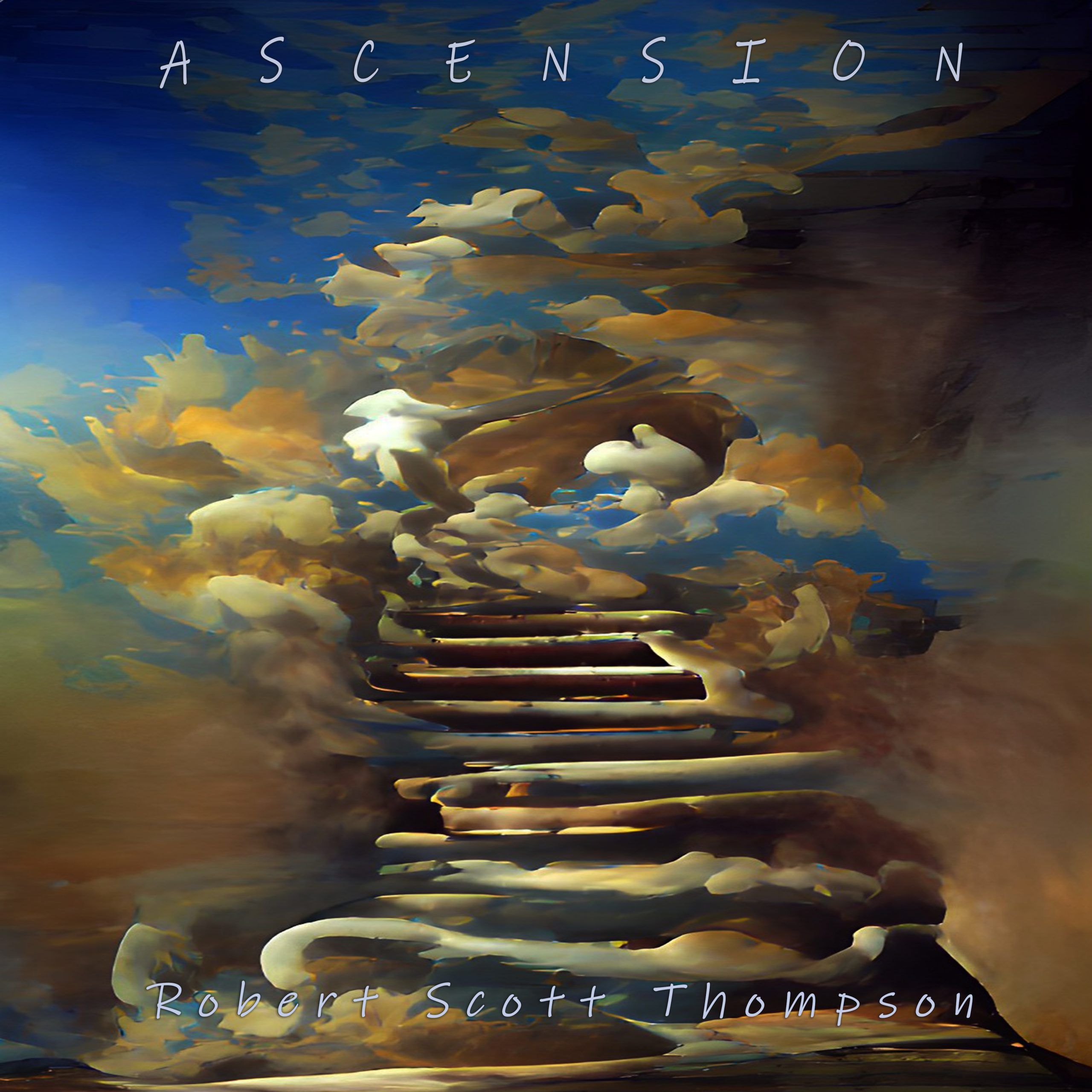Robert Scott Thompson — 2009
8 Tracks
Sorry, no results.
Please try another keyword
- Ambient, Electroacoustic/Acousmatic
- Ambient, Electroacoustic/Acousmatic
- Ambient, Electroacoustic/Acousmatic
- Ambient, Electroacoustic/Acousmatic
- Ambient, Electroacoustic/Acousmatic
- Ambient, Electroacoustic/Acousmatic
- Ambient, Electroacoustic/Acousmatic
- Ambient, Electroacoustic/Acousmatic
00:00







Reviews